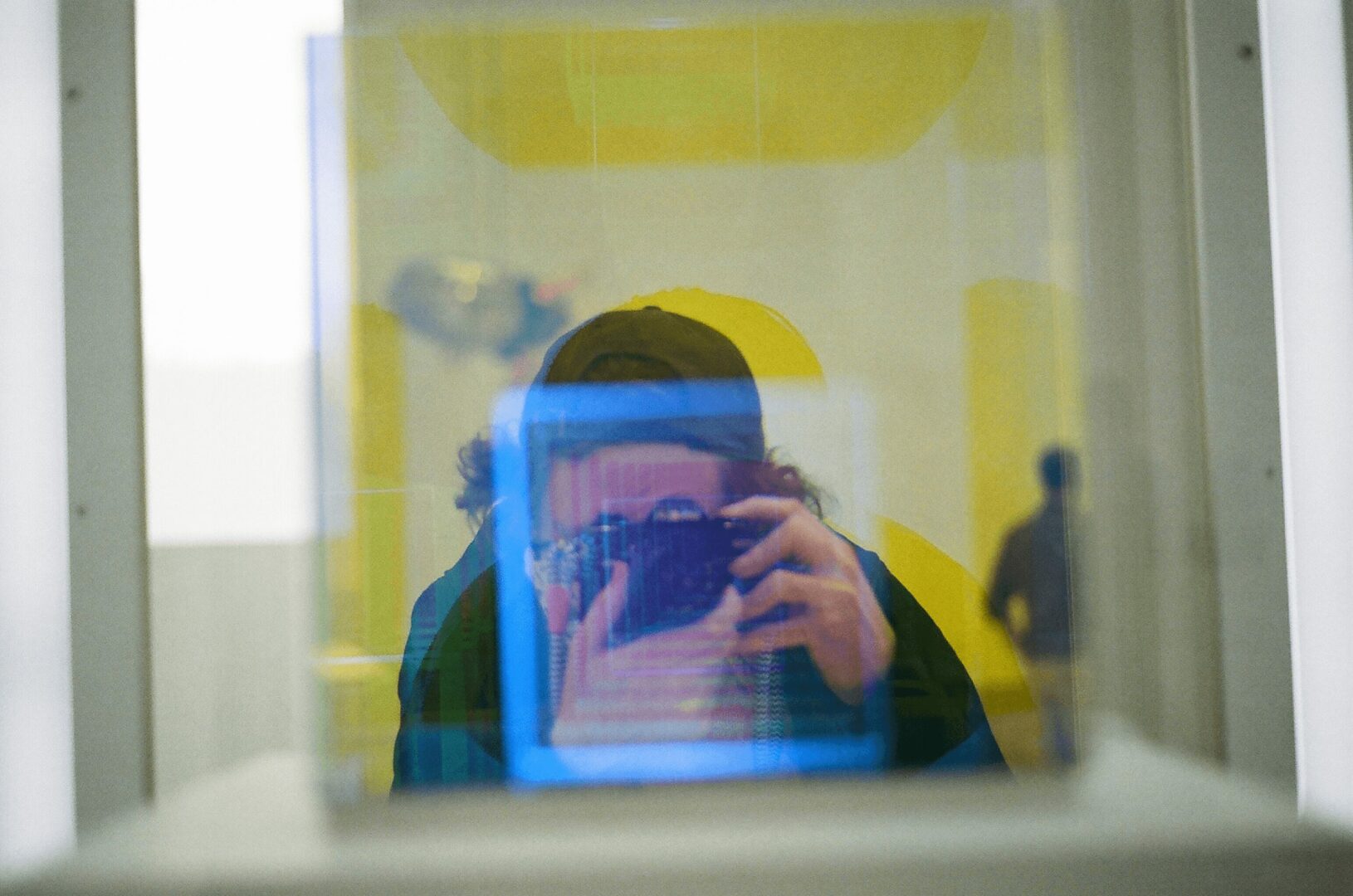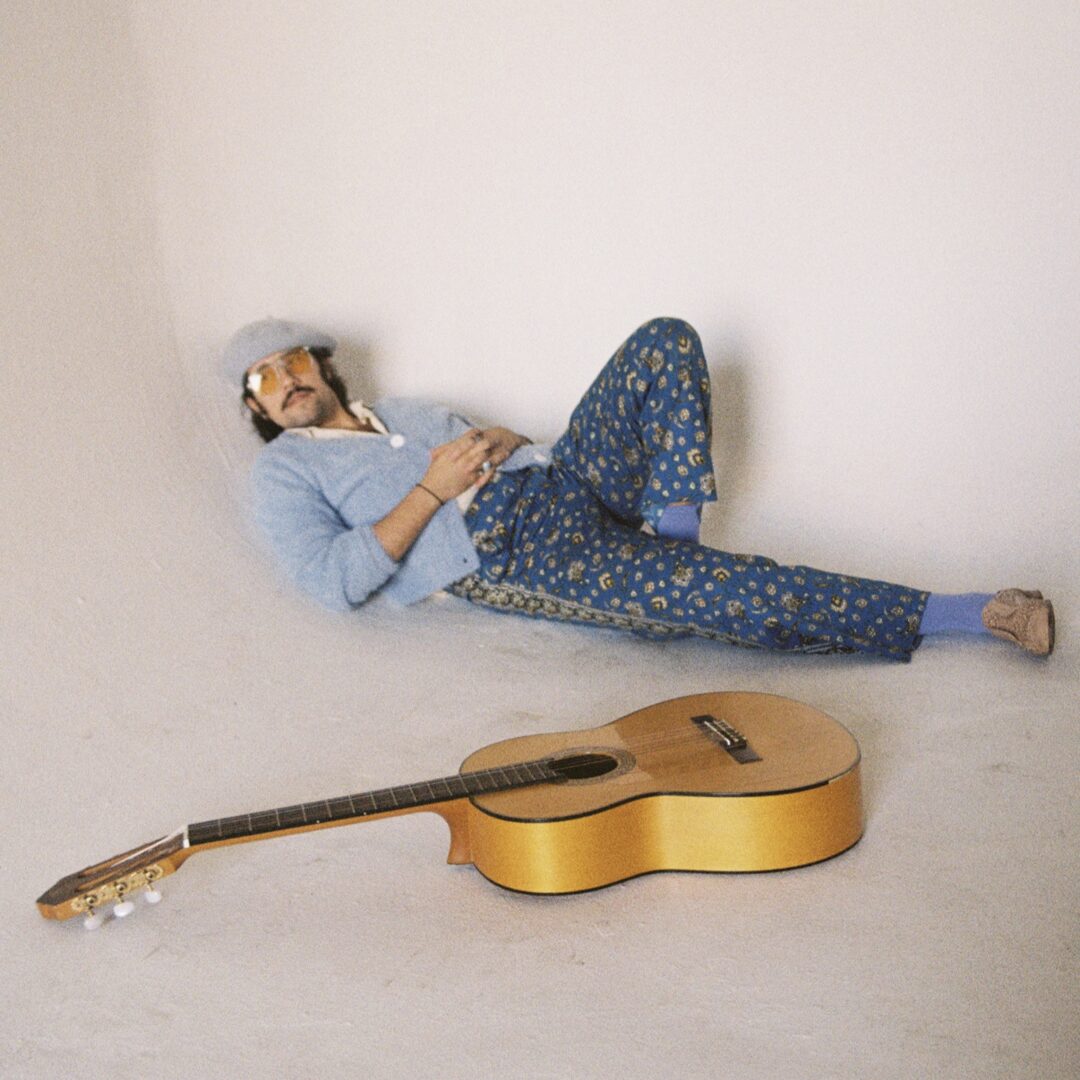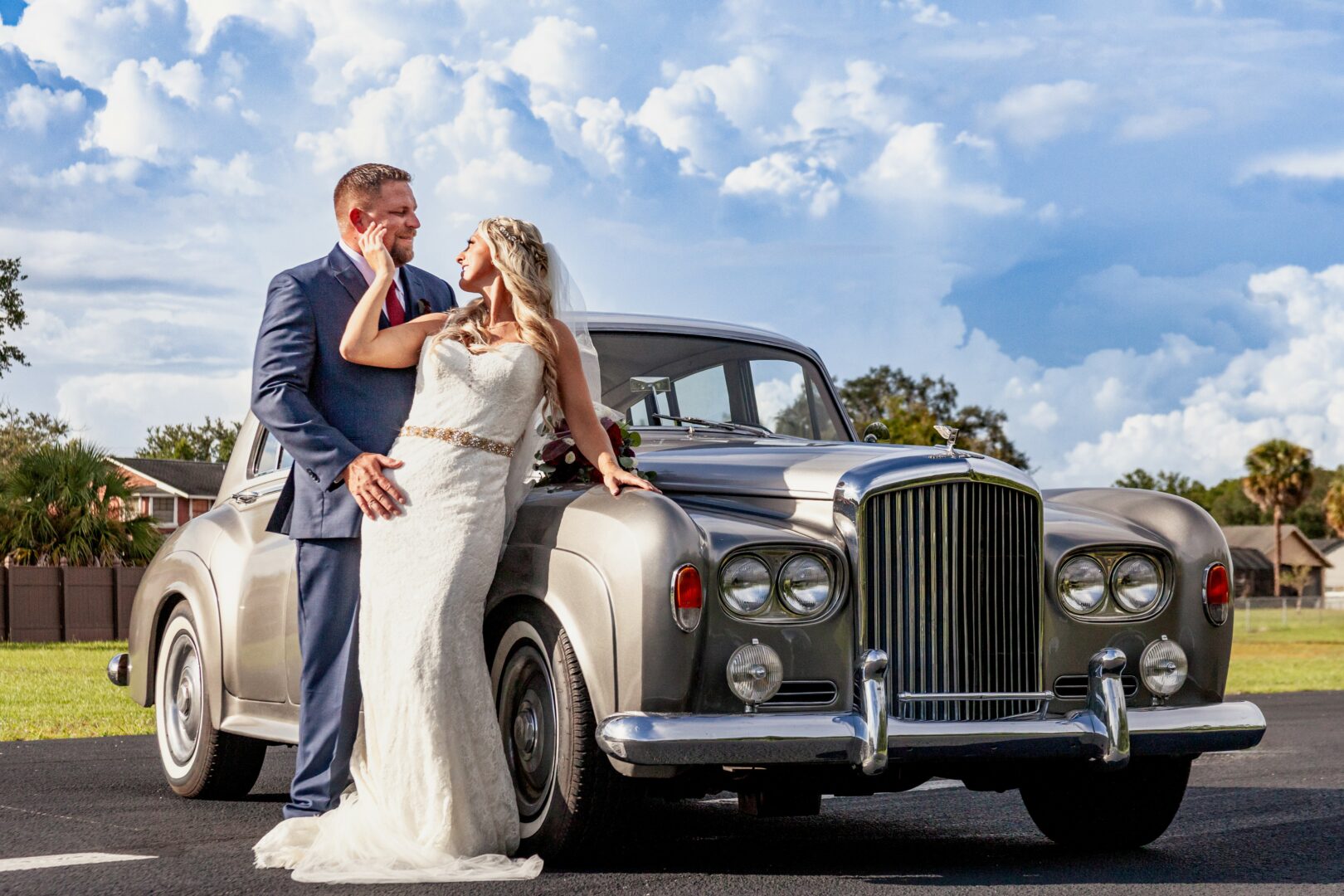We caught up with the brilliant and insightful Tyler Simnick a few weeks ago and have shared our conversation below.
Tyler, appreciate you making time for us and sharing your wisdom with the community. So many of us go through similar pain points throughout our journeys and so hearing about how others overcame obstacles can be helpful. One of those struggles is keeping creativity alive despite all the stresses, challenges and problems we might be dealing with. How do you keep your creativity alive?
It is a constant practice. I think that there’s this idea that creativity is something that just shows up on its own schedule and comes and goes as it pleases. It is that to some extent, but I also think that you have to put yourself in a position consistently to be open to creativity and to expose yourself to inspiring situations, works, and people. It is a bit of a paradox insofar as you have to be a bit rigid to be flexible and innovative. You have to show up regularly to your art form and give yourself the freedom to experiment, to try new things, and not worry whether the outcome will be worthwhile or not. The making of new work is the goal. For me, that tends to be going on solo photo walks. I just let myself be drawn to whatever attracts me. You make more work and then take some time to look at it after the fact and try to identify any patterns or trends. This opens up new projects and directions.
In a lot of ways, it’s easier than ever to encounter inspiring creative works because of the internet and social media, but at the same time, we’re inundated with tons of images of varying quality, so it’s easy to be overwhelmed. It’s a real privilege to be able to go to museums and galleries, although they can be not the most welcoming environments unfortunately. Gatekeeping under a variety of guises is a real problem. Along with social media and museums, the third source of keeping my creativity alive is an artistic community. Seeing friends make work and succeed is really special and inspires me in my own pursuits. Encountering different styles and genres of work opens me up to new ideas and possibilities. It’s also important to have community because making art can be very lonely and depressing if you’re at a low point, and it helps to have others to commiserate and help you push through.


Thanks, so before we move on maybe you can share a bit more about yourself?
I always point to a family vacation to northern California as the beginning of my photography career. I was 19 and about to be a sophomore in college. I had never been to the west coast, and we started in San Francisco. I was using a small digicam, and it was my first exposure to a lot of the subjects that have held my attention for over 15 years now: architecture, landscapes, cultural diversity, and street scenes. I took over two thousand pictures over the course of the trip, of Chinatown, the Golden Gate Bridge, Sausalito, Yosemite, Big Sur, and Monterey. After that trip, I continued to take photos around where I grew up in Indianapolis, IN. As I moved through my college years, I took less pictures overall, but that all changed after I graduated and moved to Madrid, Spain to work as an English teacher in an elementary school there.
It was all so new to me that I was taking pictures left and right, all with my iPhone. I hadn’t traveled internationally before moving abroad apart from a day on the Canadian side of Niagara Falls, so I was hungry for these new experiences, and photography helped me savor the new places, people, and culture I was encountering. I lived in Madrid for two years and then moved to Brooklyn after I came back to the states. I bought my first DSLR camera the summer after I moved and walked all around the city exploring it with my camera and learning how to work the machine that was helping me get to know my new home. I loved documenting the changes of seasons and the iconic buildings and scenes of the city, as well as the bits of an older New York that I watched change almost daily in front of my eyes. Fast forward to the pandemic, and my camera gave me an excuse to walk around when that was about all you could do. I was taking daily photo walks, and they helped to give me hope during pretty hopeless and strange times. Post-vaccine, as social events started to return with strangers, I started going to photography meet ups and began to meet more fellow photographers, which ultimately culminated with a regular photo walk that I would attend along with some other opportunities to show and publish my work in galleries and publications.
I started to branch out from street photography when I attended a New York Fashion Week show for the first time. I loved the energy and creativity of the clothes and models and started to do some more shows during the Spring and Winter showcases in February and September. After taking a studio photography class, I also began to work more in the studio, doing headshots, portraits, shoots for musicians, and more. This past year I’ve worked with models from an agency and directed shoots all over the city and in studios. I have also done some event and concert photography and am looking to expand my business this year. I love collaborating with creatives to help achieve a shared vision. One of the things I love most about photography is that it’s full of so many possibilities. I’ve shot everything from a Halloween costume contest for dogs to a memorial event for those lost to COVID. I’ve never had a bad time taking pictures, and it’s something that sparks joy for me that I love sharing with the world.


Looking back, what do you think were the three qualities, skills, or areas of knowledge that were most impactful in your journey? What advice do you have for folks who are early in their journey in terms of how they can best develop or improve on these?
For me, I would say curiosity, courage, and consistency. The first is what drives you to explore and learn more about your chosen path, those who have walked it before, and all the different ways the medium has been explored up to this point. In photography, this involves learning more about the technical aspects of photography, the work of past masters of the medium, the different types of cameras, and more. Courage and consistency are related. Learning a new skill is hard. There are moments that are very satisfying, when you accomplish something new or produce something that makes you proud. But there are also plenty of other times where you will fail or feel stupid or inadequate. You’re not going to get better if you don’t keep going, which is where consistency comes in. Attaining a basic mastery of the medium is key, which will be hard to come by without consistency. Even that, however, won’t get you very far if you don’t have courage. For me, I had a hard time with impostor syndrome and still do. As someone that is self-taught, I’ve always felt uncomfortable with other people who have more of a formal education or who have accomplished a lot more than I have. I have had nerve wracking moments when I’ve shared my work in group settings for critiques or submitting work for contests, open calls, and publications. It’s hard to put yourself out there, but you’ll never advance if you don’t. It’s also important to not get discouraged. You’re going to get rejected way more than you’ll be accepted. You can’t be scared about that, and you have to believe in yourself to move forward. In most cases, you are better than you think you are. Seek out those who know more than you and try to learn as much as you can. If you don’t knock on the door, no one will open it for you.


What’s been one of your main areas of growth this year?
Starting around this time last year, I made it a priority to work with more models and develop my portrait skills. The vast majority of my photography really minimized people. I focused more on street scenes, buildings, cultural artifacts, and natural environments. Even with street photography, people played a secondary role to the general scene. As a naturally shy person, I also wasn’t the kind to be very confrontational in taking pictures of strangers. As I did some work in the studio, I realized the unique collaboration of working with an individual or group in a very intentional way to create something that captures them in their best light. I put out some messages on these Facebook TFP (Time For Print) groups, where those people interested in building a portfolio would work with you as a photographer for free. They get their photos, and I would get photos for my portfolio. I got several responses and started setting up shoots around the city. This helped improve a lot of the skills I hadn’t developed, such as posing, direction, and styling. It also just gave me the opportunity to experiment in a relatively low risk environment. A modeling agency picked up my call and posted it on their website, and I was suddenly receiving more people interested in photos than I ever had before. I got to do shoots all over the city with different settings and different vibes, from SoHo to Bushwick and everywhere in between. It helped build my portfolio and helped me develop my style and solidify the types of photos I want to take and the people with whom I would like to work. This has also led to ongoing collaborations and return clients.
Contact Info:
- Website: https://tylersimnick.com
- Instagram: https://www.instagram.com/tylersimnick/
- Facebook: https://www.facebook.com/61559899973818
- Twitter: https://twitter.com/tyler_simnick


so if you or someone you know deserves recognition please let us know here.




